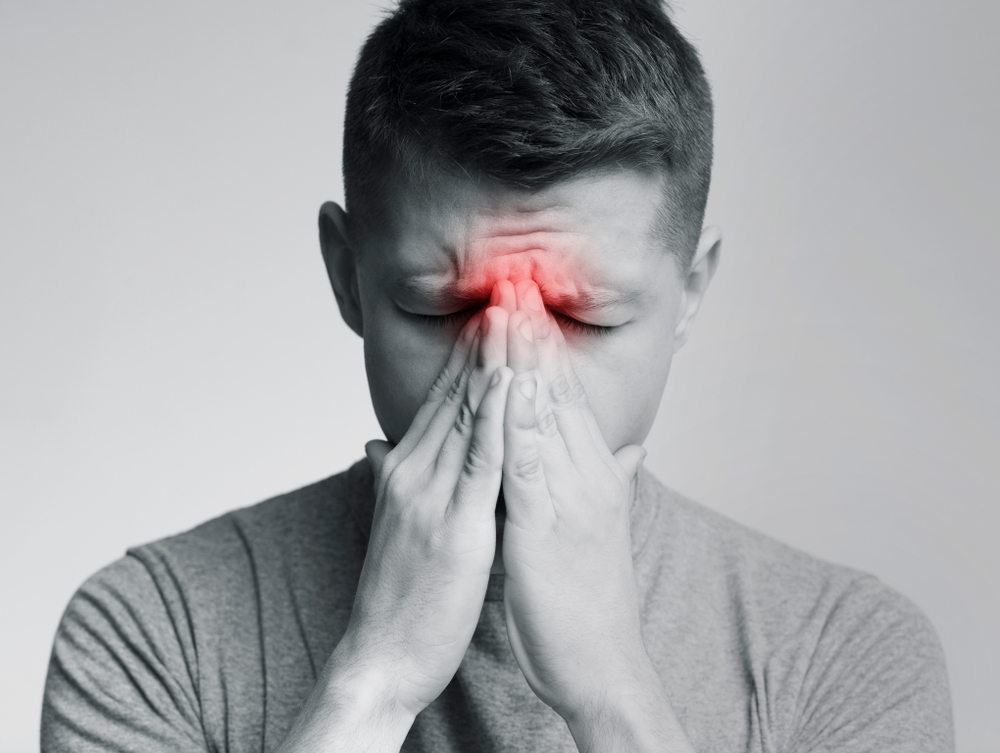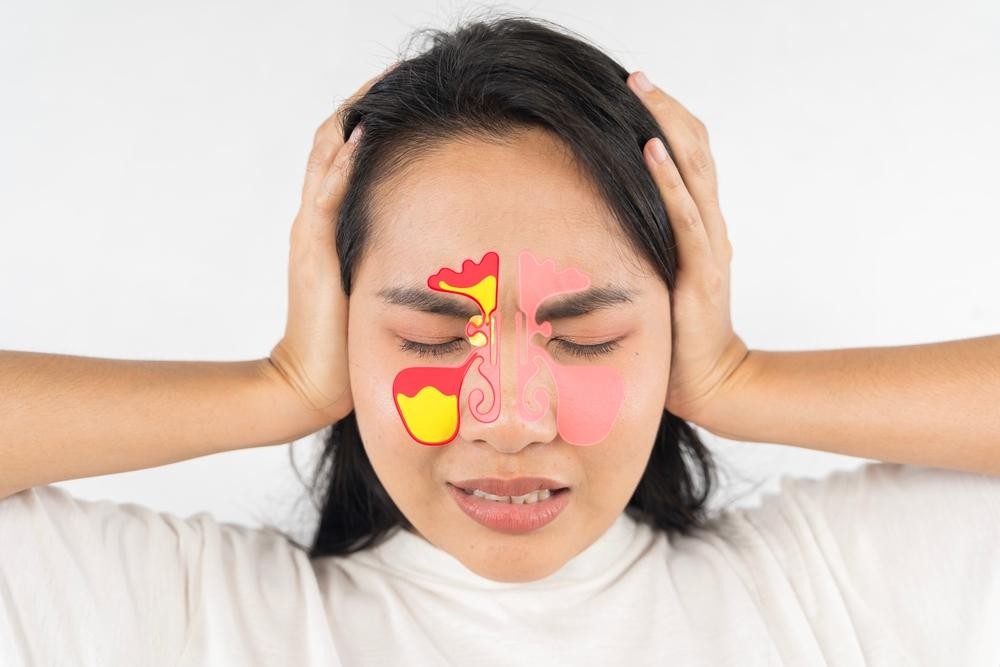
Ever had a dental filling and then suddenly found yourself feeling pressure around your eyes, cheeks, or even your temples? Not quite a toothache, but also not something you can ignore? That lingering heaviness could be sinus pain after dental filling — and yes, it’s more connected than you might think.
At Neo Dental Care, a modern, NABH-accredited clinic in Noida, we see this concern more often than you’d expect. Patients walk in worried that their filling has “gone wrong” when, in reality, it’s just their sinuses throwing a tantrum. Under the care of Dr. Suhrab Singh, a seasoned Endodontist and Implantologist with more than 12 years of experience and 15,000+ root canals performed, we help decode what’s happening beneath the surface — literally.
So, if you’re wondering why your upper tooth filling has led to cheek pressure or a weird head-throbbing feeling, let’s break it all down.
Wondering if that post-filling pressure is more than just healing? Let’s take a closer look — book your consultation now.
Why Does Sinus Pain Happen After a Dental Filling?
Here’s the surprising part — your upper molars are best friends (or frenemies, depending on the situation) with your maxillary sinuses. These air-filled cavities sit just above your back teeth, and in many people, the roots of those upper molars lie right next to the sinus floor.
When a filling is placed, especially if it’s deep or near the tooth’s nerve, it can irritate nearby tissue. This irritation might not stay confined to the tooth. Instead, it can radiate upward, causing upper tooth sinus discomfort. Sometimes, it’s not even about the filling being too deep. The drilling or the bite adjustment from the filling can inflame the area subtly — enough to wake the sinuses up, and not in a good way.
Dr. Suhrab Singh explains it this way: “Think of it like living in an apartment. If your upstairs neighbor starts moving furniture, even gently, you’ll still feel the vibration below. That’s what happens between your upper teeth and your sinus cavities.”
Is This Kind of Pain Normal?
A little sensitivity after a filling? Totally normal. But if it turns into something that feels like a dull, heavy pressure — especially in the cheekbones or under the eyes — you might be dealing with dental filling sinus pain.
Here’s where it gets tricky. Because sinus-related symptoms can mimic dental pain, patients often struggle to tell the difference. It’s normal to feel “off” for a few days post-filling, especially when chewing or if you’re dealing with a deep cavity. But when that ache turns into a pulsing sensation that worsens when you bend forward or lie down, that’s your sinus sending out an SOS.
The good news? In many cases, this pain is temporary. Your body’s simply adjusting. But if it persists for more than 7–10 days, it’s time to return to the dental chair — not because something went wrong, but because your tooth might be triggering inflammation where you least expected it.
Pain not letting up even after a week? Let’s get to the root of it — schedule your appointment today.
How Can You Find Relief?

Let’s be honest — nobody likes that nagging, sinus-heavy feeling, especially when it comes on after dental work. The first instinct might be to blame the filling, but once sinus involvement is confirmed, relief often comes from small but effective steps.
Start with warm compresses. A simple cloth soaked in warm water and pressed gently against your cheeks can do wonders in easing pressure. Follow that with saline rinses — those over-the-counter nasal sprays aren’t glamorous, but they work to flush out inflammation and keep the sinuses clear.
Over-the-counter painkillers like ibuprofen can help reduce swelling. Add hydration to the mix — think warm soups, herbal teas, and lots of water. Avoid super cold air and allergens for a few days to prevent further irritation. And when it’s bedtime? Prop your head up. Elevation helps sinus drainage and prevents that dreaded overnight throb.
But here’s the catch — if the pain feels sharp or focused on a specific tooth, especially when biting or chewing, it may not be your sinuses at all. Sometimes, the issue lies in a bite that’s slightly off. Even a minor height difference in a new filling can apply extra force on one tooth, leading to discomfort that feels like sinus trouble but really isn’t.
That’s why at Neo Dental Care, Dr. Singh always checks your bite post-treatment. Precision, after all, is the difference between short-term discomfort and long-term relief.
Sinus Pain or Tooth Pain — How Do You Tell the Difference?
You’d think it would be obvious — but your body isn’t always so straightforward. Many patients describe upper tooth sinus discomfort as an ache they can’t quite pinpoint. That’s because sinus-related pain often affects multiple upper teeth at once, making it hard to tell if it’s one angry molar or the entire side of your face rebelling.
So how do you tell? If your pain feels dull, spreads across the cheek, and worsens when bending forward, it’s likely sinus pressure. If it’s sharp, electric, or triggered by cold drinks or chewing, the tooth itself might be the culprit.
And here’s another tip: sinus pain often comes with congestion, post-nasal drip, or even mild headaches. Tooth pain, on the other hand, usually doesn’t bother you when you’re upright or moving around.
The beauty of visiting a clinic like Neo Dental Care is that you don’t have to play detective. With advanced digital X-rays and thorough exams, Dr. Suhrab Singh quickly determines whether it’s a tooth that needs adjusting or a sinus that needs soothing.
Conclusion
Post-filling discomfort isn’t unusual, especially in upper teeth. But when that discomfort turns into pressure across your face, behind your eyes, or in your cheeks, it’s worth considering that you may be experiencing sinus pain after dental filling. While it may sound odd, it’s simply a result of the intimate relationship between your teeth and sinuses.
Sometimes, the pain is just your body adjusting. Other times, it’s a clue that something deeper needs to be addressed — whether it’s an overly sensitive nerve, an unbalanced bite, or a sinus issue triggered by dental trauma.
At Neo Dental Care, Dr. Suhrab Singh combines technology and experience to help you figure out what’s really going on. His personalized, empathetic approach ensures that you’re not only treated — but understood.
Still feeling off after that filling? Let us help decode the discomfort — book a personalized check-up today.
Frequently Asked Questions
It’s uncommon but not rare — especially if the upper molars were involved and the sinuses are close to the roots.
Mild cases usually resolve in 3–7 days. If it lingers beyond 10 days or worsens, it needs a dental review.
Sinus pain feels dull and spread out; tooth pain is sharp and localized. Head movement usually worsens sinus pain, not dental pain.
Yes. An elevated filling can put pressure on one tooth, referring pain upward into the sinus area.
If the symptoms began right after dental treatment, start with your dentist. They can determine if the cause is oral or sinus-related.
Not sure what your tooth (or sinus!) is trying to tell you? Let’s find out together — book your visit today.
References:
- Cleveland Clinic. (n.d.). Dental Fillings: Purpose, Procedure, Types, Recovery. Retrieved from https://my.clevelandclinic.org/health/treatments/10934-dental-fillings
- Healthline. (2023). Can Sinus Infections Cause Tooth Pain? Retrieved from https://www.healthline.com/health/sinus-infection-tooth-pain
